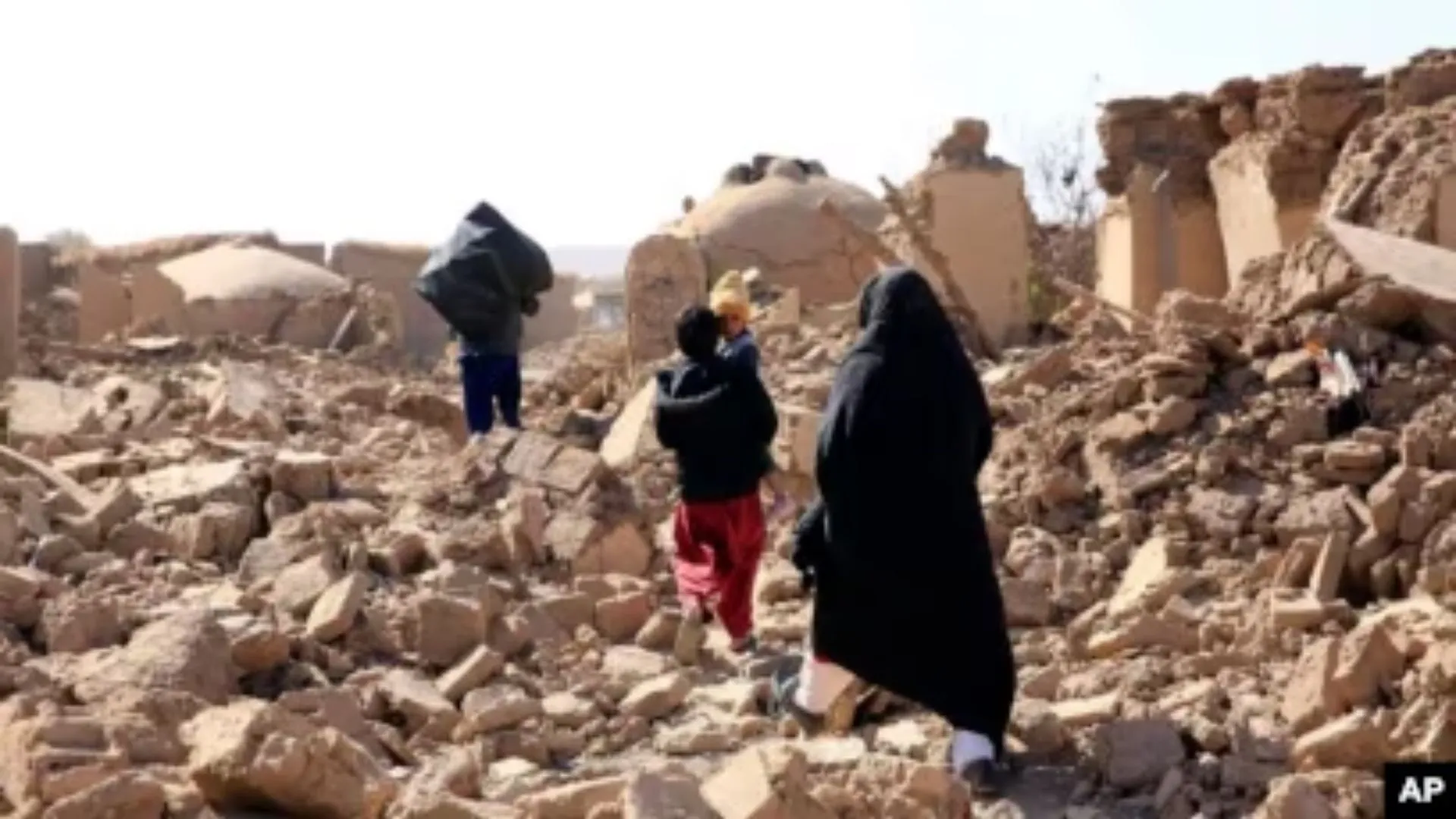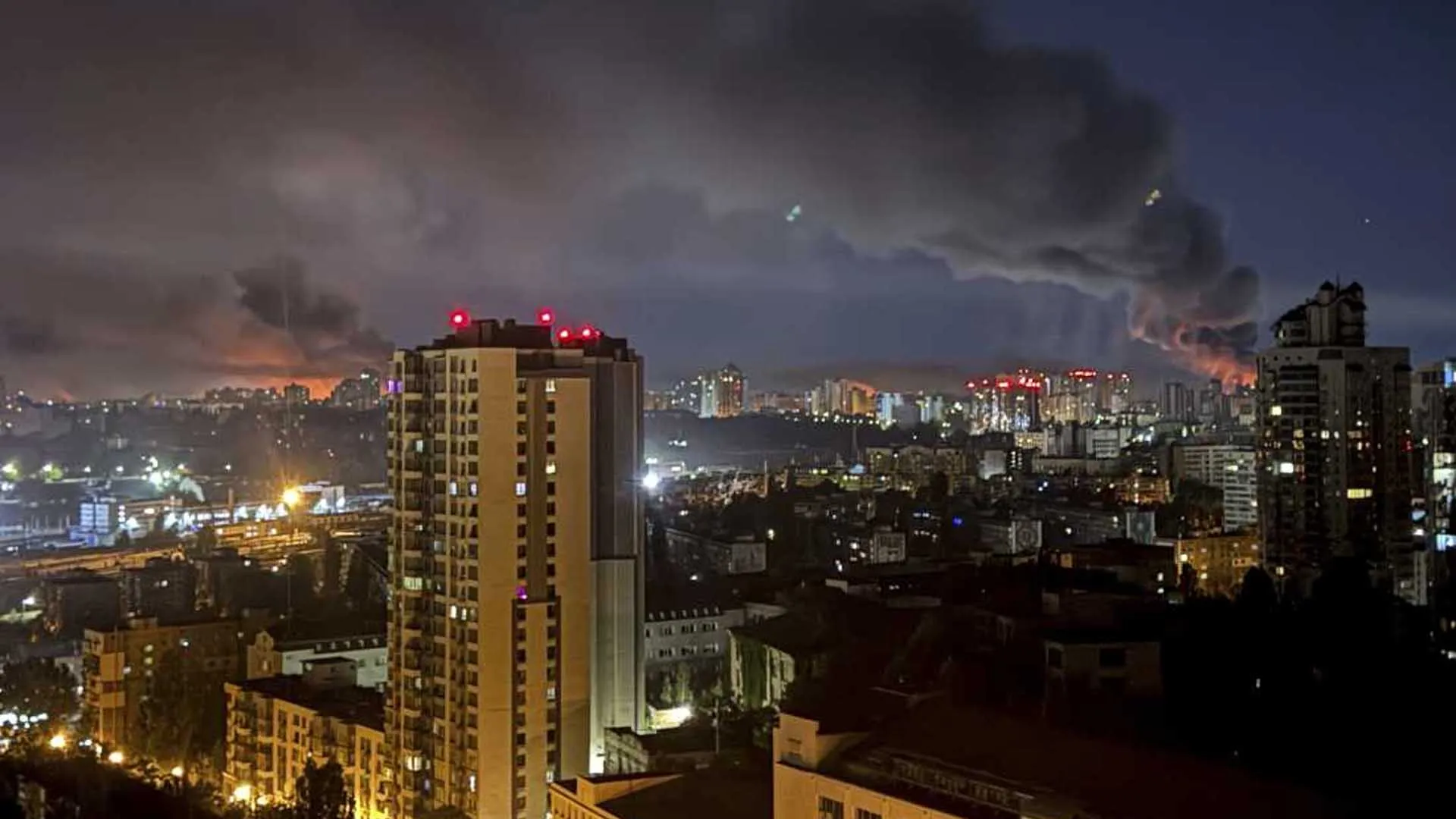Afghanistan was struck by two earthquakes in rapid succession, drawing attention to the long-time susceptibility of the country to seismic catastrophes from being situated on several active fault lines.
On Sunday, a 4.9-magnitude earthquake hit Afghanistan at a shallow depth of 10 km, and the area is prone to aftershocks, the National Center for Seismology (NCS) said in a statement. Posting the details on X, the NCS wrote, “EQ of M: 4.9, On: 30/06/2025 08:02:35 IST, Lat: 36.77 N, Long: 71.13 E, Depth: 10 Km, Location: Afghanistan.”
It was only a few days back, on June 28, that another 4.3 magnitude quake had shaken the region, this time at a depth of 120 km. The NCS posted in a release, “EQ of M: 4.3, On: 28/06/2025 20:01:13 IST, Lat: 36.37 N, Long: 71.06 E, Depth: 120 Km, Location: Afghanistan.”
Seismologists warn that shallow earthquakes such as the recent one are more dangerous than deep ones because they emit energy near the Earth’s surface. This usually translates to more severe ground shaking and higher chances of structural collapse and fatalities, while deep quakes dissipate energy before it hits the surface.
Afghanistan is situated in a very seismically active zone along the Indian-Eurasian tectonic plate collision boundary, and fault lines cut across the country—cutting right through Herat. The Hindu Kush mountain range is particularly active, experiencing earthquakes every year or so, says the Red Cross.
United Nations Office for the Coordination of Humanitarian Affairs (UNOCHA) notes that Afghanistan is still highly vulnerable to natural disasters, from earthquakes to seasonal flooding and landslides. Sustained seismic activity keeps hitting communities already weakened by years of war and underdevelopment, with little capacity to bounce back from such concurrent crises, UNOCHA noted.























